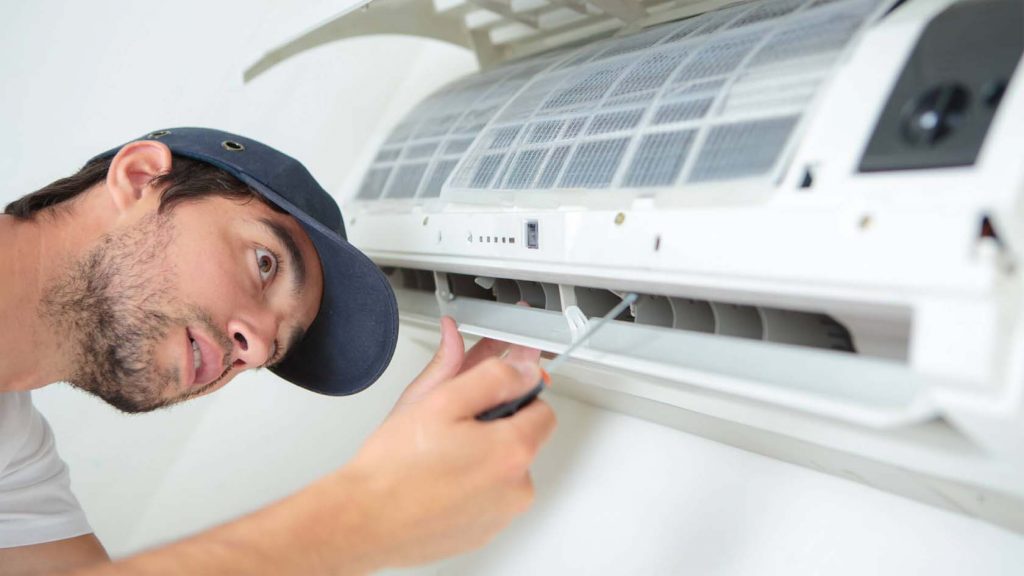Air conditioners are machines that also require regular servicing for the best output. There are some basic checks that you can run to ensure no underlying issues with the system. However, do note that some situations may call for licensed technicians.
You can find technicians for Air Conditioning Adelaide when the need for licensed professionals arises.
In this blog, you will find tips to check and clean the air conditioning yourself.
Tips for Maintenance
1. Check the Thermostat
The most convenient step for maintenance is checking that the thermostat is working and is set at the right temperature.
To maximize savings, consider getting a smart thermostat. It can track usage and help control it even when you’re not at home.
2. Clean Air Filters
An essential maintenance tip is regularly cleaning and replacing the air conditioner’s filters.
Ideally, it should be done monthly during peak usage and once in 6 months during the non-usage months.
Why is it so important? When the filter is full of dirt, it adversely affects the airflow. Consequently, there is more load on the system since it needs more power to function normally. Finally, this results in very high electricity bills.
These dirty filters may cause dirty air to flow through the room, which is dangerous for people with health issues like asthma. To avoid this situation and ensure clean air, clean the filters regularly and use high-quality filters.
Extra tip: To quickly know if the filter needs to be cleaned, hold it against the light. If the light seems dull or is not visible, it is high time to clean it.
3. Clean Outside Unit
Cleaning the outside of an Air conditioner unit is as essential as the inside.
Leaves, dust, flora, and grass build up on the outdoor unit over time. Consequently, this affects the capacity and disrupts airflow.
All you need to do is wipe it all off with a damp cloth. You can also use a gentle garden hose. However, do not use a power hose for this purpose.
Before you clean the system, shut its power unit and then proceed.
Leave the Air Conditioner condenser coils for the professionals to clean since they can be easily damaged.
If possible, try to trim plants and shrubs around the outdoor unit to not block airflow.
4. Check Condenser Unit Fan
If the condenser unit fan happens to be in poor condition, it negatively impacts the level of cooling.
To check it, first, turn off the air conditioning system. Then, check the fan, which can be found on top of the exterior of the condenser unit. Check to see if the fan blades are in good shape.
If you notice any chips or cracks, replace those blades.
In the case of older air conditioners, oil the motor bearing of the fan from time to time.
Alternatively, you can also get your Air conditioning Adelaide checked by technicians.
5. Check for Refrigerant Leak
One prevalent reason for poor air conditioning is the shortage of refrigerant. A refrigerant is a core to the heat transfer process.
When the refrigerant level is low, the air conditioner will not cool or heat the room at its best capacity. The cooling process will take longer than usual, and the set temperature may not be attained either.
To check for a leak, keep an ear out for any hissing sounds from the system and check for any exposed components.
Holes or cracks in the system can cause leaks.
Wrapping Up
Regular maintenance of the air conditioner will ensure that you do not use extra energy or spend more money.
While it is best to have professionals come in for maintenance, it is essential for you to conduct routine checks. This measure will ensure that your system runs optimally and lasts longer.

